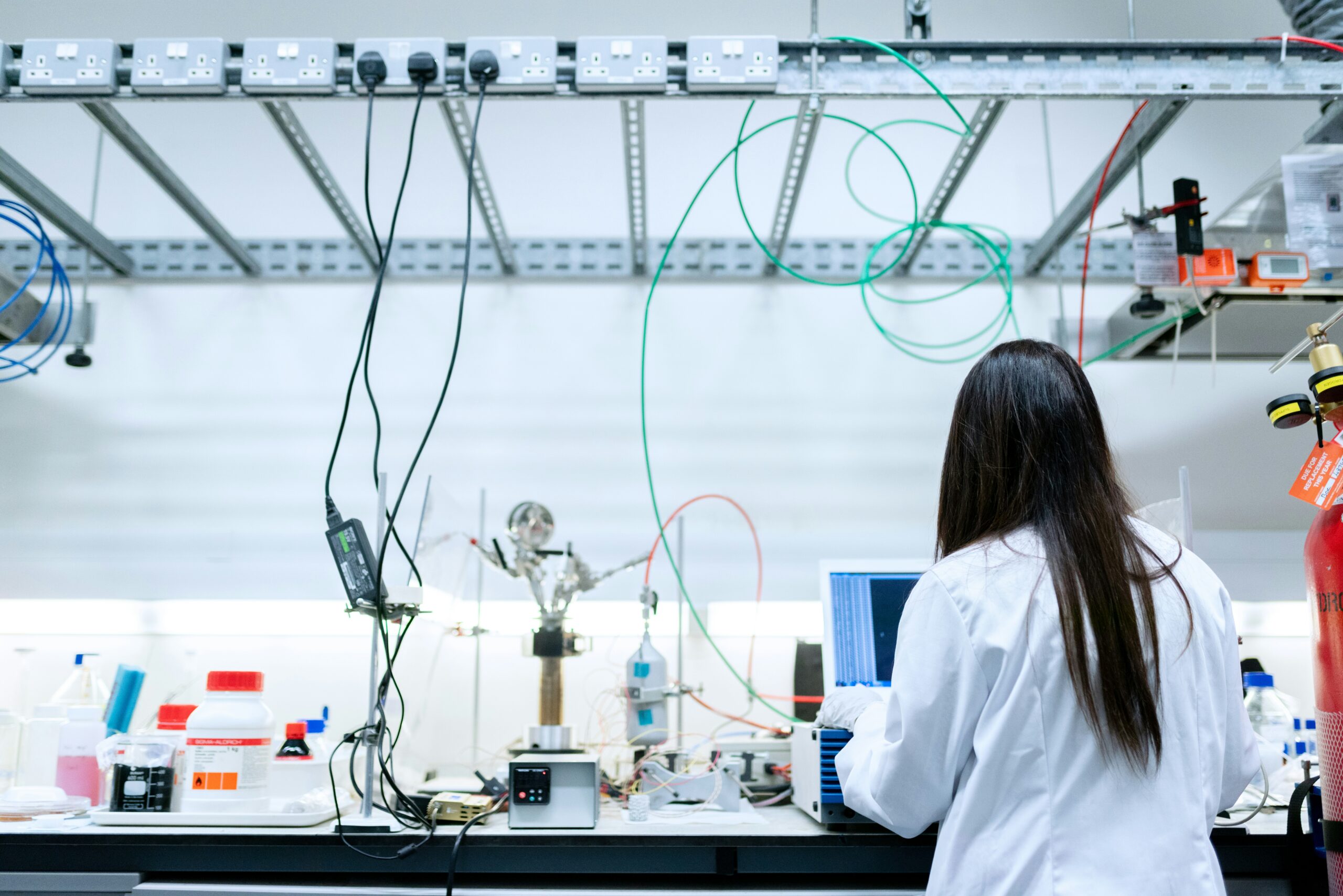The journey from a promising molecule to an approved drug is complex, costly, and time-consuming. One of the most transformative forces reshaping this process is imaging technology. Advances in imaging have revolutionized how researchers visualize disease progression, track drug behavior, and predict treatment outcomes—making it an indispensable component in modern drug development.
Imaging as a Window Into Biology
At its core, imaging enables scientists to see what’s happening inside the body in real time. Unlike traditional techniques that require tissue sampling or invasive procedures, modern imaging methods allow for the noninvasive monitoring of biological processes. From the moment a candidate drug is introduced into a living system, imaging can provide detailed insights into how it interacts with tissues, organs, and molecular targets.
By capturing high-resolution visual data, researchers can identify early indicators of drug efficacy or toxicity, enabling faster decision-making. This ability to “see” inside biological systems without disruption helps reduce reliance on guesswork and makes the drug development process more precise.
Preclinical Imaging: Bridging Discovery and Clinical Trials
The preclinical phase is a critical stage in drug development, where potential compounds are evaluated for safety and efficacy before human testing begins. Innovations in preclinical imaging have allowed for the visualization of disease models with unprecedented clarity. Advanced techniques—such as MRI, PET, CT, and optical imaging—are now routinely used to observe tumor growth, track inflammatory responses, or monitor metabolic changes in animal models.
Organizations like perceptive.com play a vital role in providing specialized preclinical imaging services that bridge the gap between laboratory research and clinical trials. These capabilities allow researchers to gather more accurate data earlier, which can reduce the risk of late-stage failures and streamline the path toward regulatory approval.
Quantitative Imaging Biomarkers
One of the most valuable contributions of modern imaging is the development of quantitative imaging biomarkers. These are measurable indicators derived from imaging data that reflect biological processes or responses to therapy. For example, a change in tumor size or blood flow observed via imaging can serve as a biomarker to assess drug performance.
The use of such biomarkers allows researchers to make data-driven decisions at every stage of development. Quantitative metrics reduce subjectivity in interpreting results and can even serve as surrogate endpoints in clinical trials, potentially accelerating the approval process.
The Role of AI and Machine Learning
Recent advances in artificial intelligence and machine learning are pushing imaging innovations even further. Algorithms can now process vast amounts of imaging data to detect patterns that may not be visible to the human eye. This capability improves the accuracy of image interpretation, enables predictive modeling, and supports the discovery of novel drug targets.
AI-enhanced imaging tools can identify subtle changes in tissue or molecular activity earlier than traditional analysis methods, allowing for earlier intervention and better patient outcomes. These advancements also help optimize trial design by identifying the most promising patient populations for a given therapy.
Reducing Costs and Increasing Efficiency
Drug development is notoriously expensive, often costing billions of dollars and taking over a decade to complete. Imaging innovations are helping reduce these burdens by improving early-stage decision-making. By detecting ineffective or unsafe compounds sooner, researchers can avoid costly late-stage failures. Additionally, imaging facilitates longitudinal studies, where the same subjects are monitored over time, minimizing variability and reducing the number of subjects required for statistically significant results.
Looking Ahead
The future of drug development will likely see even greater integration of imaging technologies. Emerging modalities, such as molecular imaging and advanced hybrid systems, promise to deliver even more detailed and dynamic views of biological processes.
From the earliest stages of preclinical research to late-stage clinical trials, imaging stands as a scientific cornerstone—illuminating the hidden complexities of biology and accelerating the delivery of life-changing therapies.
